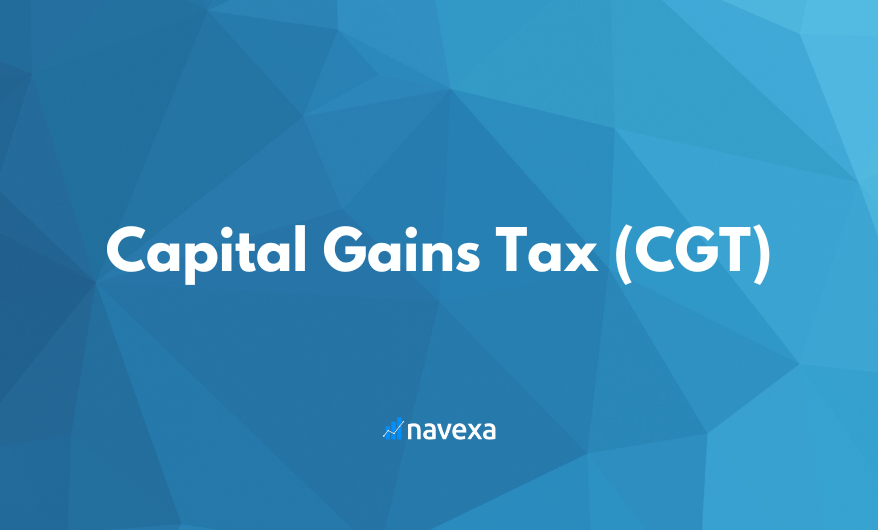If you invest in stocks, understanding the tax implications is crucial for optimizing your returns.
One of the most significant taxes you’ll encounter is the Capital Gains Tax (CGT).
This tax is applied to the profit you make when you sell your stocks for more than what you paid for them.
This article breaks down the basics of CGT, its importance, and introduces you to some powerful strategies for effectively managing and optimizing your CGT obligations.
What is Capital Gains Tax?
Capital Gains Tax is a tax on the profit realized from the sale of an asset.
For stock investors, this means any gain from selling shares is subject to CGT.
The amount of tax you owe depends on several factors, including the duration for which you held the stocks, your overall income, and any applicable discounts or exemptions.
Why CGT Matters
Properly managing your CGT can make a significant difference in your overall investment returns.
By understanding how CGT works and employing effective strategies, you can legally minimize your tax liability, and maximize your profits.
Whether you’re a seasoned investor or just starting out, having a solid grasp of CGT is essential for making informed investment decisions.
Key Strategies for Managing CGT
There are several strategies you can use to manage your CGT liabilities.
Each strategy has its advantages and can be suited to different investment goals and circumstances.
These are the four primary CGT strategies:
1. FIFO (First In, First Out)
FIFO is a method where the oldest shares are sold first. This strategy can be beneficial in certain market conditions.
Read more about FIFO strategy here.
2. LIFO (Last In, First Out)
LIFO involves selling the most recently acquired shares first. This approach can help in specific scenarios, particularly in volatile markets.
Discover how LIFO can work for you.
3. Minimize Gain
Sometimes, the goal is to reduce the taxable gain. This strategy involves carefully selecting which shares to sell based on their cost base and current market value.
Learn how to minimize your capital gains.
4. Maximize Gain
In some cases, investors may wish to realize larger gains in a specific financial year, perhaps to offset losses or take advantage of lower tax rates.
Find out how to maximize your gains effectively.
Understanding CGT: Crucial for investors
Understanding and managing Capital Gains Tax is a critical aspect of successful investing in stocks.
By leveraging the right strategies, you can significantly impact your investment outcomes.
Navexa Portfolio Tracker: Automate all your CGT calculation & strategies
Understanding CGT is one thing, putting it into practice is another.
The Navexa Portfolio Tracker makes the whole process really simple.
In just a few clicks you can calculate all of your CGT for a given financial year and toggle between strategies in an instant.
Then, in years to come, all your records are there for you to refer back to.
You can literally calculate your investment taxes the most optimal way in seconds.
Take a free 14-day trial and see for yourself why thousands of investors trust Navexa to track their portfolio and sort their investment taxes the easy way.
